Lively forecast for 50th Fastnet Race
Published on July 19th, 2023
As competitors in this special anniversary edition of the Royal Ocean Racing Club’s 50th Rolex Fastnet Race arrive in the Solent, or Cherbourg in preparation for the July 22 start from Cowes, focus is turning to the weather forecast.
The start of the biennial event in 2021 was a dramatic one, taking place in breezy upwind conditions with gale-force gusts, with the early forecast showing this scenario may repeat itself.
“With the amount of heating we have got going on – it could easily be gusting over 30 knots by the time we start at 1520,” noted Volvo Ocean Race winning navigator Jules Salter. “It is really a day where you should be wind surfing or kite boarding!”
This means that it may be a fraction less when the first starters set sail, beginning with the multihulls at 1300 BST and the IMOCAs at 1320. However, at that point the tide is still flooding in the western Solent and the water will be flatter.
This year for safety reasons, the eight starts have been separated by 20 minute intervals so by the time the last, for IRC Zero and Super Zero, takes place, there should be a stronger sea breeze, but also a lumpy wind-against-tide chop, accentuated when the boats pass through Hurst Narrows at the western exit to the Solent.
At this point it is likely for the race to be upwind in lively conditions all the way to Land’s End. But after this it is anybody’s guess, notes Salter who is racing on the Maxi 72 Notorious.
“It is quite complicated because the European model has a secondary low spinning up off the front that goes through on the start day and that is pretty ill-defined, hovering out there in the Western Approaches, but that secondary low hasn’t even formed yet – that is still something in ‘computer world’. Some models have you sailing through the middle of it in absolutely no wind and others have you on the back side of it in 25 knots.
“Some models show the low as elongated, more like a trough line, so you almost get northeasterlies on the other side of it off the Irish coast. So it is dynamic at the moment. Plus it is hot to the south and cold to the north and we are right on the boundary, so there will be some big breeze within that. It is just how it forms, where those lows form, how quickly they deepen, how much warm air mixes with how much cold air.”
Come start day, Salter warns how the forecasts may still not align with what actually transpires by the third and fourth day. “The secondary low could be 30 miles north or 30 miles south and suddenly you have got a different scenario depending on if you are on the right or wrong side of it.
“There is always the chance that the small boats might end up getting left a long way behind, but might get a 25-30 knots southwesterly and just beam reach in and then run up the Channel at the end. It is pretty open at the moment.”
In essence, Australian Will Oxley agrees, noting how it totally depends on the movement of that low. “I have an open mind at the moment. If someone looks at the American model, they’ll call Armageddon on the 25th! If someone just looks at the European model they’ll say the start will be terrible.
“The bottom line is that we don’t know yet, because it is a low that is not particularly fixed to anything so it can move around a bit.”
The round the world race veteran, who is navigating on Christopher Sheehan Pac 52 Warrior Won, reckons it may be lighter come start day, with around 16-24 knots, building to 30 knots in the gusts once the current kicks in in the evening.
“I was pretty comfortable with the timing being pretty similar on both models getting to the Scillies, but getting up to the Fastnet the GFS model had a large area of light airs. It is just too early to tell. As I told the crew earlier – this is not a race where we can have a plan.
“On average there was 50-60% upwind and 30% downwind and 10% reaching for us – very little reaching on both runs – but the strength and when it will be upwind or downwind is not so clear. I have much less confidence than I would normally have.”
What seems certain is that in this 50th Rolex Fastnet Race, competitors could well end up using their entire sail wardrobe before they reach Cherbourg. The winner may come from whichever part of the fleet is able to reach to, and back from, the Fastnet Rock in the best pressure.
Event information – Entry list – Facebook
A record-sized fleet is anticipated for the 50th edition of Royal Ocean Racing Club’s Rolex Fastnet Race to start in Cowes on July 22, 2023. For a second consecutive occasion, the course will depart from the UK but have a French finish in Cherbourg-en-Cotentin via a 695 nautical mile course via the Fastnet Rock.


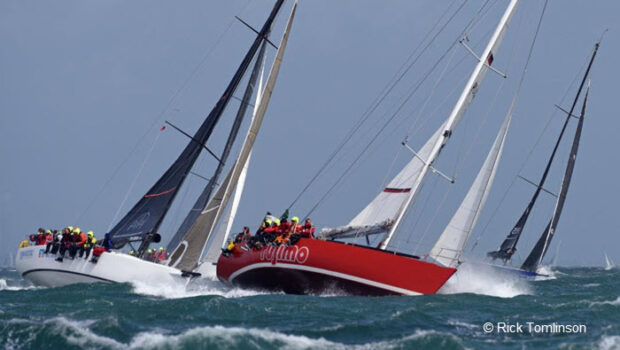

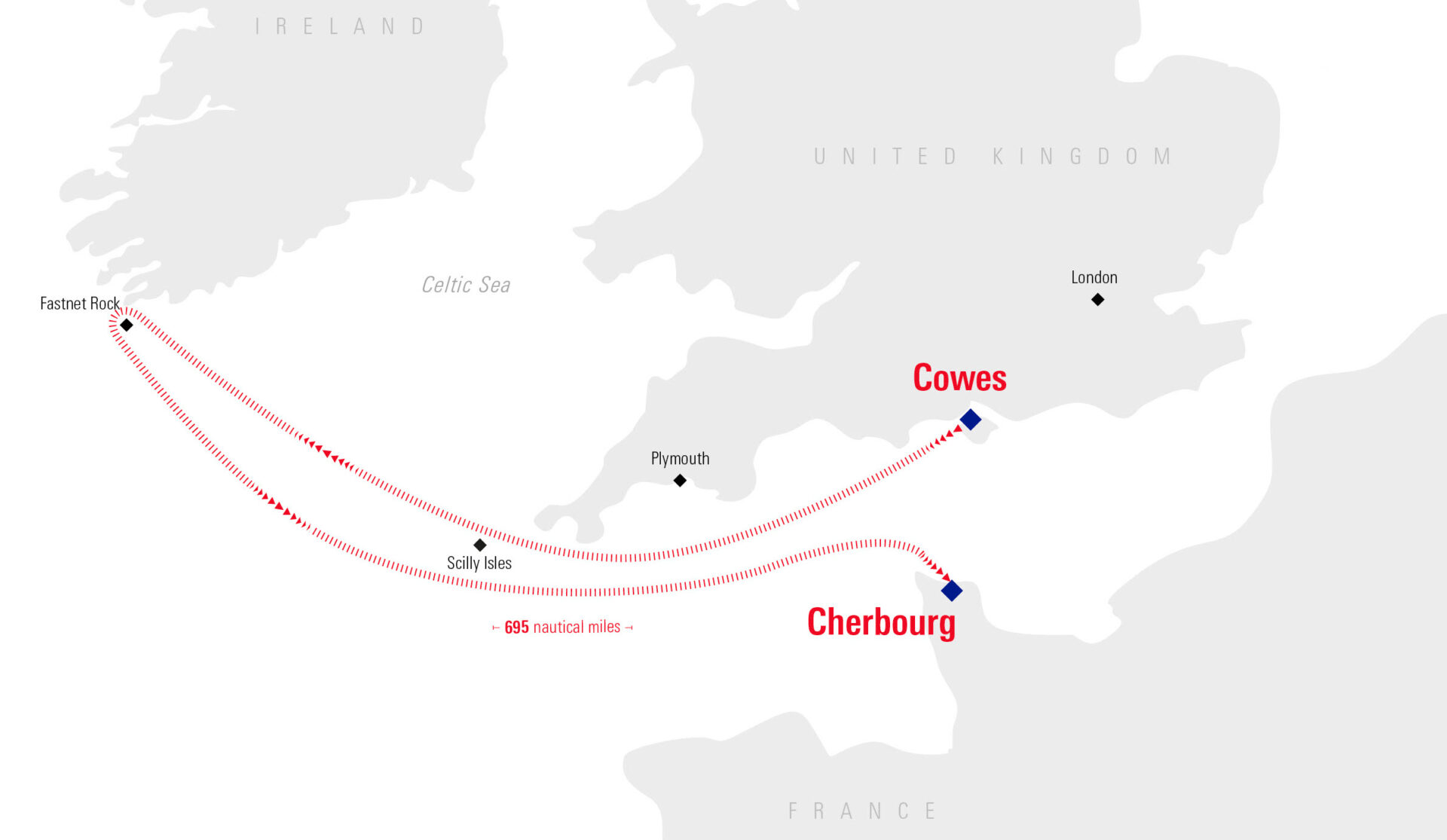

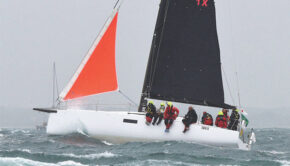
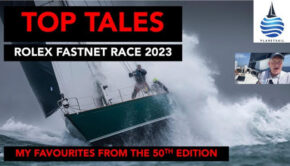
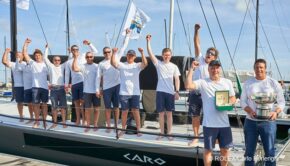
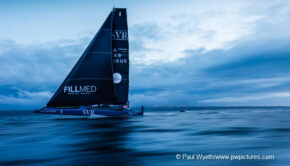
 We’ll keep your information safe.
We’ll keep your information safe.